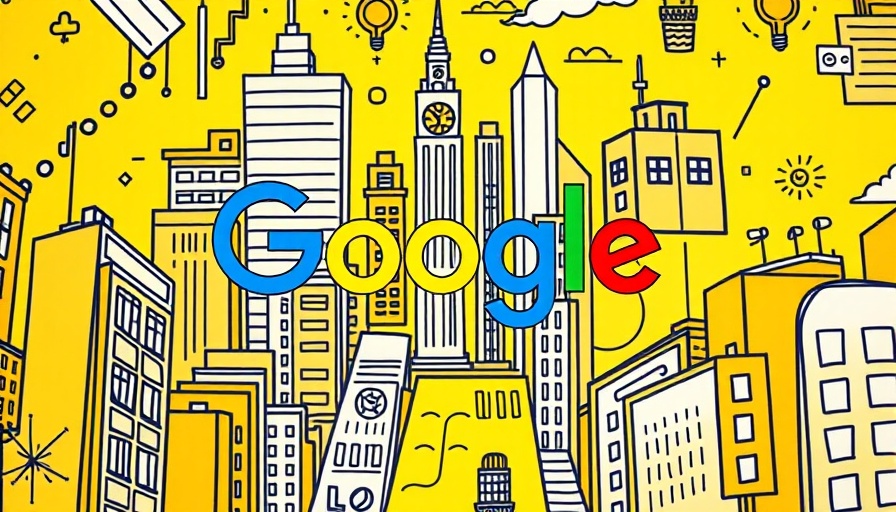
Why 15% of Search Queries Remain Unseen by Google
Despite the rapid advancements in technology, Google's statistic stating that 15% of all search queries are entirely new has surprisingly remained constant. During a recent discussion at Search Central Live NYC, Google’s John Mueller reflected on this figure while discussing the impact of large language models (LLMs) and artificial intelligence (AI) on search behavior.
Mueller explained that this percentage has held steady even with the introduction of advanced tools like BERT (Bidirectional Encoder Representations from Transformers), which enables Google to comprehend the intricacies of user intent better. By employing this technology, Google can return results for queries that may seem completely unpredictable, thereby accommodating a broader range of search behaviors from users.
The Role of Language Understanding in Search
Understanding language intricacies is crucial for effective search results. With search terms that can be worded in numerous ways or even misused, Google's technology adapts to interpret and deliver relevant content to users accurately. This ensures that even those less conventional queries can find their place within the vast catalog of information Google provides. For instance, longer conversational queries benefit significantly from the contextual understanding that tools like BERT offer, greatly expanding the types of questions users can ask.
AI’s Impact on Search Behavior
As AI continues to transform various aspects of technology and user interaction, one might expect the number of unseen queries to rise. However, Mueller's observations indicate otherwise, stating that the 15% figure has not increased significantly. He attributes this stability to human curiosity and the perpetual quest for new knowledge, suggesting that as long as people keep searching for answers, this number will hover around the same threshold. “It’s fantastic to see because it means to me that people keep going to search and looking for something new,” Mueller remarked.
Understanding the Implications for Users and Marketers
For marketers and businesses, this 15% statistic is both a challenge and an opportunity. It highlights the importance of understanding emerging search behaviors and optimizing content accordingly. With many queries being new, companies must remain agile and responsive to the changes in how consumers search for products or information.
Preparing for Future Tech Trends
As we approach 2025, companies must remain vigilant concerning these tech trends. The ongoing evolution in AI and LLMs offers a glimpse into the potential future of technology in search. By leveraging insights from current queries, businesses can enhance their digital marketing strategies, ensuring they cater not only to the classic search behaviors but also to the unique and unseen queries that will inevitably become part of users’ search habits.
In conclusion, while the world of technology continues to advance at breakneck speed, the foundational query metrics like the 15% unseen queries remain pivotal in shaping the future landscape. Understanding this balance between emerging tech and user behavior offers valuable insights for navigating the ever-evolving tech industry.
 Add Row
Add Row  Add
Add 




Write A Comment